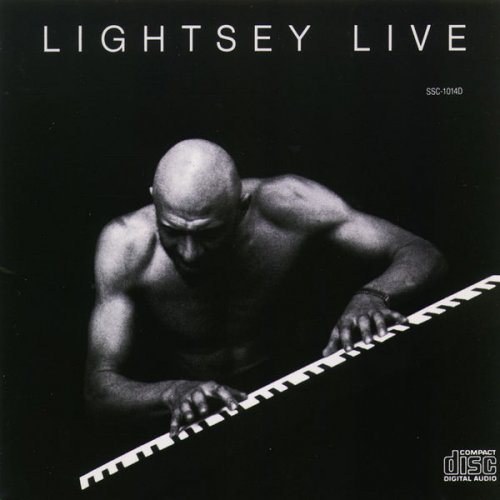New York Philharmonic Orchestra, Kurt Masur - Brahms: Ein Deutsches Requiem (1995)

Artist: New York Philharmonic Orchestra, Kurt Masur
Title: Brahms: Ein Deutsches Requiem
Year Of Release: 1995
Label: Teldec
Genre: Classical
Quality: FLAC (image+.cue,log,scans)
Total Time: 60:19
Total Size: 307 Mb
WebSite: Album Preview
Tracklist: Title: Brahms: Ein Deutsches Requiem
Year Of Release: 1995
Label: Teldec
Genre: Classical
Quality: FLAC (image+.cue,log,scans)
Total Time: 60:19
Total Size: 307 Mb
WebSite: Album Preview
01. Ein deutsches Requiem, Op. 45: "Selig sind die da Lied tragen", Chorus [0:09:07.00]
02. Ein deutsches Requiem, Op. 45: "Denn alles Fleisch es ist wie Gras", Chorus [0:11:51.07]
03. Ein deutsches Requiem, Op. 45: "Der gerechten Seelen sind in Gottes Hand", Fugue [0:08:35.43]
04. Ein deutsches Requiem, Op. 45: "Wie lieblich sind deine Wohnungen", Chorus [0:04:21.02]
05. Ein deutsches Requiem, Op. 45: "Ihr habt nun Traurigkeit", Soprano & Chorus [0:06:38.48]
06. Ein deutsches Requiem, Op. 45: "Denn wir haben hier keine bleibende statt", Chorus - "Herr, du bist wurdig", Fugue [0:10:31.37]
07. Ein deutsches Requiem, Op. 45: "Selig sind die Toten", Concluding Chorus [0:09:14.43]
Performers:
Sylvia McNair - soprano
Håkan Hagegård - baritone
Westminster Symphonic Choir
New York Philharmonic Orchestra
Kurt Masur - conductor
The first word of the Deutsches Requiem is "selig"; the last movement reiterates it, and throughout there recur images of this happiness ("reap in joy", "joy and gladness", "rejoice in the living God", "your heart shall rejoice", "Death is swallowed up in Victory"). This recording under Masur is, think, the first to seize on this, not as an element in the Requiem but as its prevailing spirit. Even the subdued opening carries an intimation of it in the treatment of the dotted note, and the choir wear a happy face — they sound as though they mean their "selig" and their "kommen mit Freuden". In the second movement, "Denn alles Fleisch", the universal funeral processes briskly, the dotted notes giving now almost a jaunty movement. And why not? For this is not a funeral march but a Trauermusik in 3/4, the time-signature of waltz, and (this recording seems to say) we acknowledge death, accept it with fortitude and know that a modulation to triumphant B flat major lies immediately ahead. Nor is this an exercise in stoical stupidity: "Death is a fearful thing" all right, and the shudder of recognition comes, with much more truth in it, after the baritone, the voice of the individual, has sung of mortality in the third movement and the orchestra enter suddenly on a bleak fortissimo. On the other hand, the musings which follow ("Ach, wie gar nichts") are not dwelt upon and the "Der Gerechten" fugue is given strong rhythmic impulse, almost primitive in its excitement over the long-held pedal note.
In short, this is not 'just any old Brahms Requiem' but a rather special one. Among the many recordings, few take Brahms's original metronome markings seriously; this one does, and so ranges itself for comparison with the versions under Norrington and Gardiner. As usual, there are pros and cons. Gardiner has the best recorded sound and the best choral singing; his way with the score is also compelling and powerful. Norrington too is strong in ideas, "stirring and moving" as LS said in his review. This new one I like better, though the sound-quality, to my ears, could do with more bloom and body. Sylvia McNair brings lovely tone but a less compassionate feeling to the soprano solo than did Lynne Dawson with Norrington: a young sister-comforter rather than a mother. Hakan Hagegard is now a little dry of voice, and his 'character' is that of the average man rather than Fischer-Dieskau's more spiritual philosopher type. The choir respond well to the conductor's call for energy and alertness. If the more familiar and perhaps more comforting approach, with slower speeds, is wanted, then the recommendation would be for Hickox; for quicker speeds and more bracing rhythms, Gardiner; for the Seligkeit, perhaps unrecognized before in performances of the Deutsches Requiem, Masur.
In short, this is not 'just any old Brahms Requiem' but a rather special one. Among the many recordings, few take Brahms's original metronome markings seriously; this one does, and so ranges itself for comparison with the versions under Norrington and Gardiner. As usual, there are pros and cons. Gardiner has the best recorded sound and the best choral singing; his way with the score is also compelling and powerful. Norrington too is strong in ideas, "stirring and moving" as LS said in his review. This new one I like better, though the sound-quality, to my ears, could do with more bloom and body. Sylvia McNair brings lovely tone but a less compassionate feeling to the soprano solo than did Lynne Dawson with Norrington: a young sister-comforter rather than a mother. Hakan Hagegard is now a little dry of voice, and his 'character' is that of the average man rather than Fischer-Dieskau's more spiritual philosopher type. The choir respond well to the conductor's call for energy and alertness. If the more familiar and perhaps more comforting approach, with slower speeds, is wanted, then the recommendation would be for Hickox; for quicker speeds and more bracing rhythms, Gardiner; for the Seligkeit, perhaps unrecognized before in performances of the Deutsches Requiem, Masur.
![Snorre Kirk - What A Day! (2024) [Hi-Res] Snorre Kirk - What A Day! (2024) [Hi-Res]](https://www.dibpic.com/uploads/posts/2024-10/1729709899_alegslxkigmxc_600.jpg)
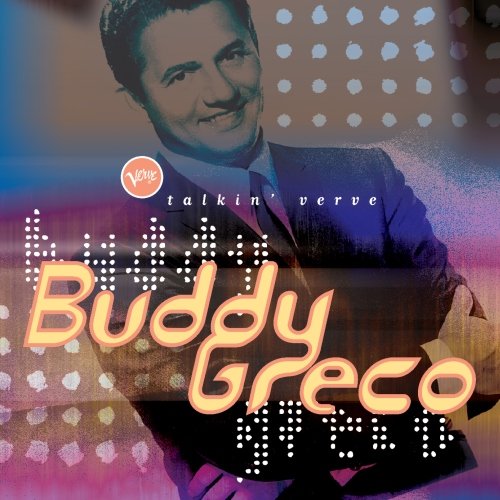
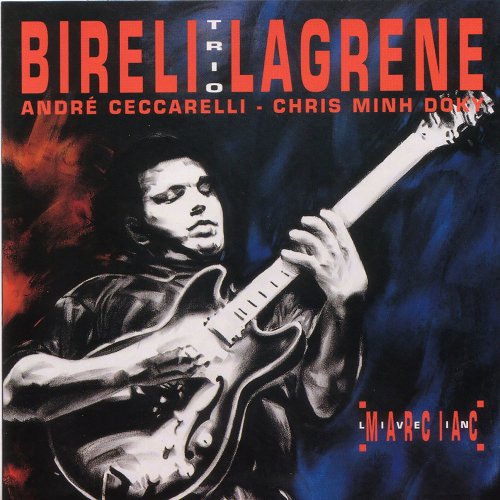
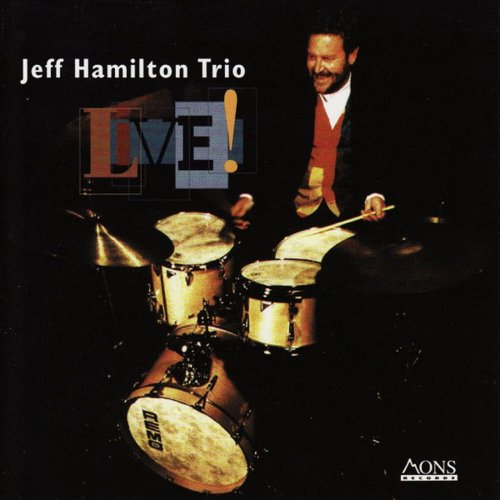

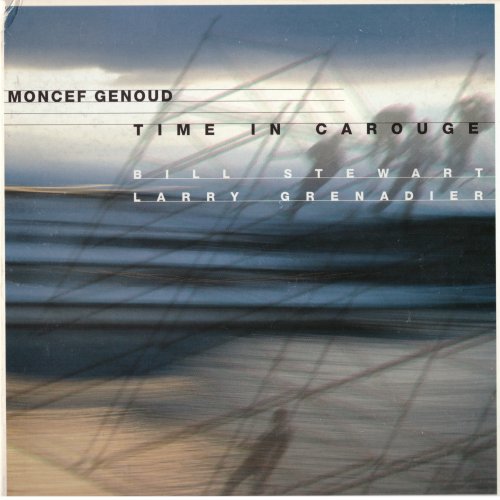
![Ben Goldberg, Scott Amendola, Todd Sickafoose - Here to There (2024) [Hi-Res] Ben Goldberg, Scott Amendola, Todd Sickafoose - Here to There (2024) [Hi-Res]](https://www.dibpic.com/uploads/posts/2024-10/1729917148_a2930350607_10.jpg)
![Maria Martinova - Tango, mon Amour! (2024) [Hi-Res] Maria Martinova - Tango, mon Amour! (2024) [Hi-Res]](https://www.dibpic.com/uploads/posts/2024-10/1729769343_q5dlac8vm65da_600.jpg)
